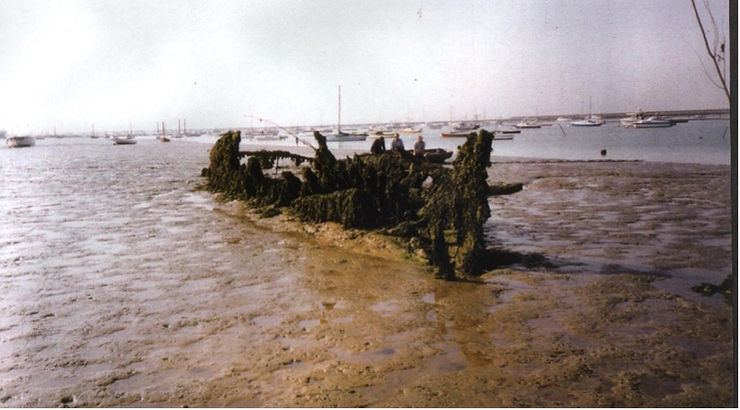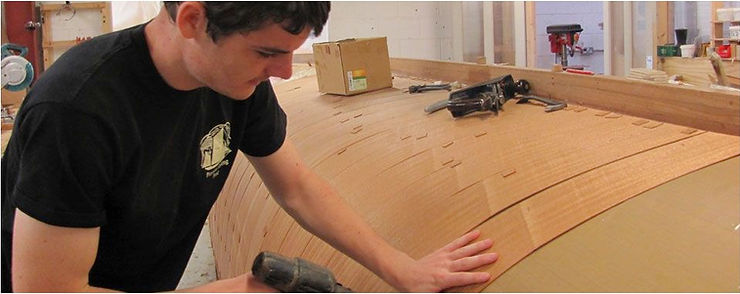Pioneer Sailing Trust - Restoration or recreation?
- David Tournay

- Feb 26, 2021
- 2 min read
Updated: Dec 27, 2021
So, how are we using apprenticeships in the heritage marine world? To answer this, it is best to start trying to understand what ‘heritage marine’ is and how it broadly works.
David Tournay works in the skills/training industry, working to design and help implement new apprenticeships across all sorts of industries. He also volunteers with an Essex based charity; The Pioneer Sailing Trust which specialises in restoring and operating historic sailing vessels.
Over the past 10 years the Trust has offered apprenticeships to local young people to help them into employment in the marine industry.

Heritage vessels can vary greatly. It includes large ships in museums – such as HMS Victory and Cutty Sark, motor boats that were raced in the 1920s, sailing yachts built for private individuals, paddle steamers, tug boats, rowing boats, sailing dinghies, fishing boats, canoes, etc etc. I was going to say that they all float, but of course it also includes submarines.

With such variety, the range of skills needed to care for them is diverse. We work with wooden boat builders, engine installers, sail makers, painters, etc etc. As for the owners, larger vessels tend to be static and in museum collections. Smaller vessels are either operated by organisations such as Pioneer Sailing Trust, or owned by private individuals. For example, I own a wooden sailing dinghy originally built in 1935.

This diversity presents challenges. One minute we may be working with a museum that wants to preserve a vessel that will remain static, the next we may be installing a new engine into a sailing yacht that the owner wants to sail in the local creeks and rivers.
Therefore, a factor that we have to understand with each project is what the objective of the restoration is and, what the vessel will be used for when the work is completed.
If we want the boat to go to sea, we need to ensure it is safe and suitably strong. After all, lives may be at risk. We may then need to make a compromise on how we restore the vessel, i.e using modern materials for rigging and fitting reliable new engines rather than relying on something that may fail.
Alternatively, in other situations, preserving the original material of the vessel is paramount. This is particularly relevant for museum based vessels, where they will not be going back into service.
The balance in these compromises has been an ongoing discussion in the heritage marine sector and, I am sure, in others too. Luckily for us boaty types, we have been able to develop some guidance as to how these compromises can be made. Its developed by an organisation called ‘National Historic Ships’, and has become a key reference for us.
We have also started using this information as a basis for training young people who are entering the industry. Anyway, enough for now. I’ll talk about how we are tacking this conundrum in another instalment.
For more information please visit: http://www.pioneerck18.org/





















Comments